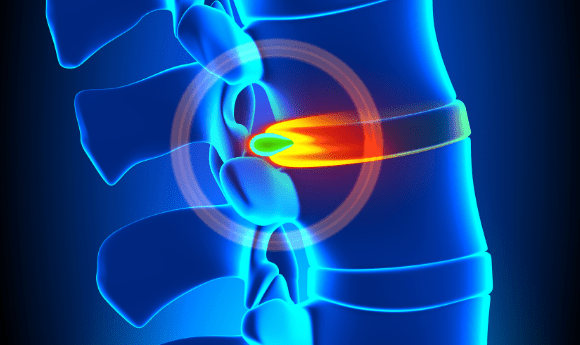Novel kit enables groundbreaking study into spinal health

An international research team has been the first to analyze the expression and activity of hyaluronidases in the human intervertebral disc, with the help of AMSBIO’s hyaluronidase activity kit.

Hyaluronic acid is essential for providing flexibility and shock absorbance in the spine, due to its role in water retention of the intervertebral disc (IVD). Degradation of hyaluronic acid helps to induce inflammatory and catabolic responses in human IVD cells. While it is known that hyaluronidases are responsible for this degradation, no previous data has been published on the expression and activity of these enzymes in IVD health and disease.
Now, an international research team from the Institute for BioMechanics, Prodorso Spine Center (both Zurich, Switzerland), Rochester Institute of Technology (NY, USA) and the Trauma Hospital Berlin (Germany) have investigated both the expression and activity of these enzymes, thanks to AMSBIO’s (Abingdon, UK) hyaluronidase activity kit.
“The hyaluronidase activity kit (Ra003-01-HAK) supplied by AMSBIO helped us to move from purely analyzing hyaluronidase (gene/protein) expression to actually measuring hyaluronidase activity,” remarked lead author Karin Wuertz-Kozak (Rochester Institute of Technology). “When investigating enzymes, such a functional read-out is crucial. While well-established methods and kits exist for other enzymes such as matrix metalopeptidases, determining hyaluronidase activity is more complicated.”
AMSBIO provides non-radioactive, sensitive and specific assay kits, which allow researchers to easily measure enzyme activity of heparanase and hyaluronidase in cell culture supernatants, human plasma, biological fluids and tissue samples. These kits have been utilized in a wide range of previous research including that of anti-inflammatory responses, kidney disease and cancer.
In this current study, published recently in the European Spine Journal, the researchers utilized the hyaluronidase activity kit to determine the gene expression, protein expression and activity of hyaluronidases in 50 human IVD biopsies, each with different degrees of degeneration.
It was discovered that gene expression of the enzyme HYAL-1 and protein expression of HYAL-2 significantly increased in IVD samples with moderate/high degeneration but there were no significant differences in the activity, though it appeared overall higher in the highly degenerated samples.
“Our study showed for the first time that HYAL-1, HYAL-2 and HYAL-3, the three major HA-degrading enzymes, are expressed in IVD tissue and isolated cells,” explained Wuertz-Kozak. “Interestingly, HYAL-1 expression was increased with increasing degeneration, although this was only observed on the mRNA level, but not on the protein level.”
The results suggested that HYAL-2 has the highest pathophysiological relevance, but further studies are needed to determine its significance and potential as a therapeutic target. Nonetheless, this study has taken the important first step to understanding hyaluronic acid degeneration and provides a positive endorsement for the use of AMSBIO’s assay kits in the lab.
“Although our treatments did not result in a significant increase in HYAL activity, we found the assay to be reliable and very easy to use,” concluded Wuertz-Kozak.